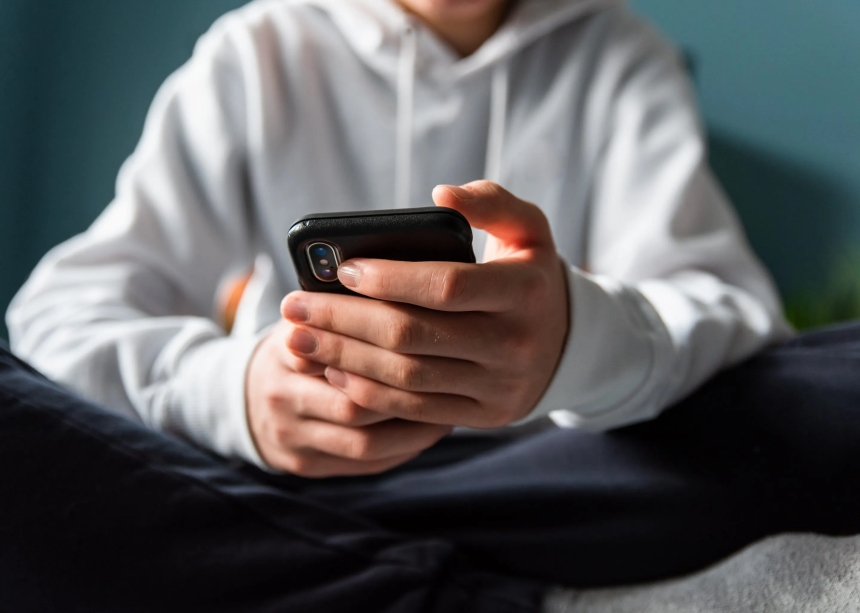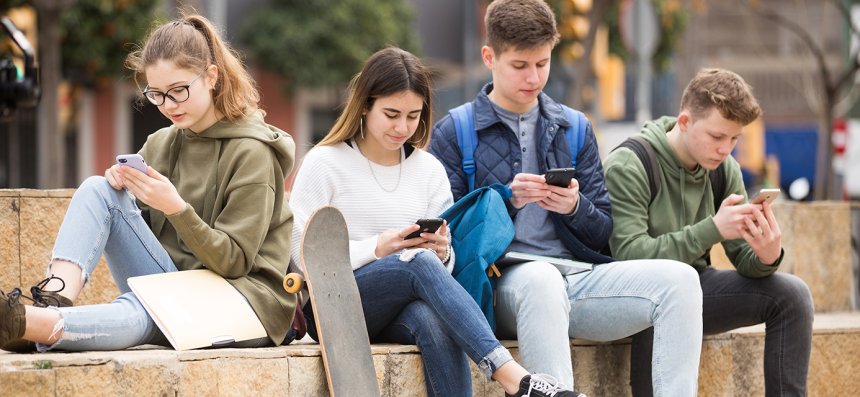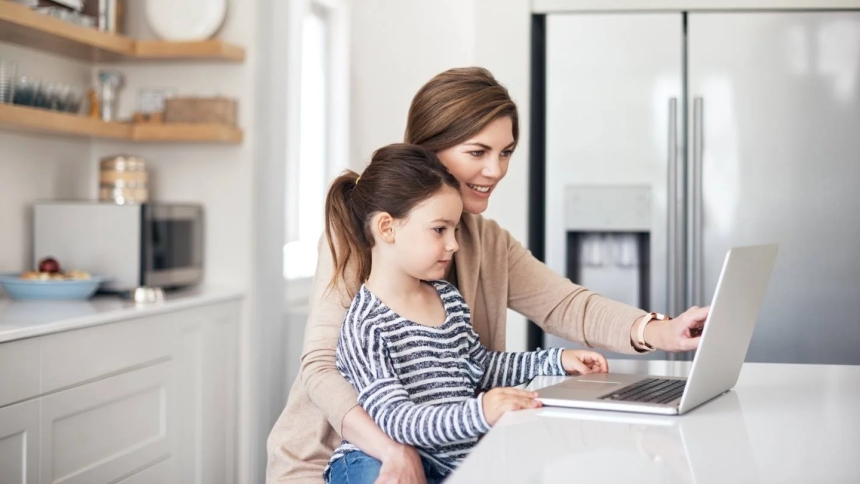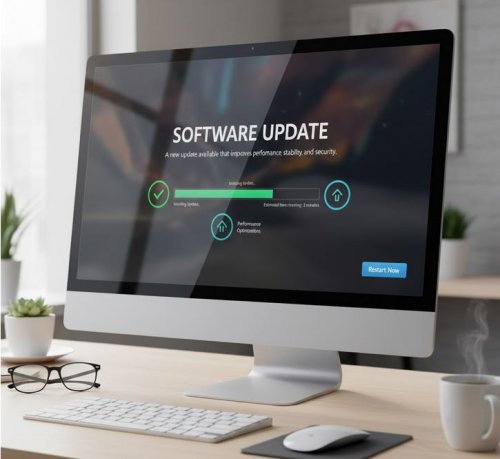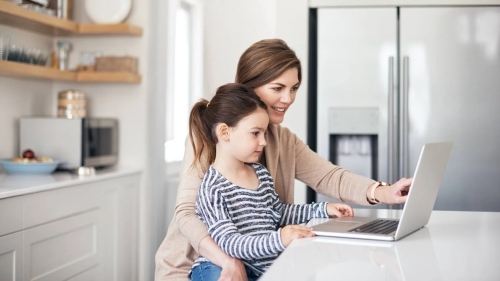Safe Social Media Habits for Teens
Social media has become the new hangout spot for teens. From sharing selfies to joining viral challenges, it’s where they connect, express themselves, and stay updated. But while it can be fun and empowering, the online world also comes with risks, such as oversharing personal info to falling into comparison traps, or encountering strangers with bad intentions. The good news? You don’t have to quit social media to stay safe; you just have to scroll smart.
1. Think Before You Post
Before hitting “share,” ask:
Would I be okay if a teacher, future boss, or my family saw this?
Once something goes online, it’s nearly impossible to erase. Encourage teens to post with purpose, share creativity, ideas, and positivity, not personal details or private moments.
A simple rule: If it feels private, keep it offline.
2. Protect Your Privacy Like It’s Treasure
Most social apps come with privacy settings, but many users skip them.
Remind them to:
- Set accounts to private
- Limit who can view posts or send messages
- Turn off location sharing
- Avoid using real names in public profiles
The goal is to stay connected with friends — not to let the whole internet know where you live or what school you go to.
3. Choose Friends (and Followers) Wisely
It might be tempting to accept every friend request or follow back every account, but not everyone online is who they say they are.
Teach kids to:
- Only connect with people they personally know
- Be cautious of strangers offering gifts, compliments, or “collab” requests
- Report and block suspicious profiles
Having fewer followers but stronger connections is way better than chasing likes from strangers.
4. Watch Out for Emotional Traps
Social media isn’t just about what we see — it’s about how it makes us feel.
The endless scroll can sometimes lead to comparing looks, likes, or lifestyles.
Encourage teens to remember:
- What people post is often a highlight reel, not real life.
- It’s okay to take breaks or log off when things feel overwhelming.
- Their value isn’t defined by likes, followers, or comments.
A healthy digital life starts with a healthy mindset.
5. Learn to Spot Red Flags
Fake giveaways, scam links, and clickbait headlines are everywhere.
A smart user knows how to spot trouble:
- If a link looks sketchy, don’t click it.
- If someone asks for money, passwords, or photos, say no and report.
- If a message feels weird or threatening, talk to a trusted adult immediately.
It’s better to double-check than to regret.
6. Practice Digital Kindness
What we post can affect others more than we realize. Encourage a culture of kindness and respect online:
- Don’t share rumors or screenshots meant to embarrass someone.
- Speak up against cyberbullying.
- Use social media to lift others, not tear them down.
A kind online community starts with one good comment at a time.
7. Take Charge of Screen Time
It’s easy to lose track of time scrolling through endless videos and memes. Teens can try:
- Setting daily screen time limits
- Keeping phones out of reach during meals or study time
- Having one “offline hour” every day
Social media is a way for teenagers to stay in touch with their friends. Teens have always talked after school, long before social media – hanging out at the bus stop, at the local park, chatting on the phone – now they just have a different platform to do so.
It is an important part of socialising and connection in the modern world. The main reasons teenagers regularly use social media include:
- talking to friends
- joining in on group conversations
- learning about current events and staying up to date with online content
- meeting new people
- not having anything to do, or feeling bored.
Being socially connected is very important for the psychological development of your child, and in this day and age, the online environment is where many teens connect. Using social media could help your teen:
- develop better social skills
- feel less isolated
- learn about new cultural and societal ideas and issues
- access information about mental health and wellbeing
- bond with their friends
- have fun
- be creative and share their own ideas with friends
- be better equipped to be active citizens in society
- develop real-world skills to help them become more independent
- learn about world events and current affairs outside of their immediate environment.
What are the risks of using social media?
Like any form of social engagement, social media comes with risks. Some of the most common risks of social media include:
- spending too much time online and being disconnected from the real world
- being the victim of online bullying or image-based abuse
- damaging your online reputation
- having your personal information shared online
- being harassed or annoyed by someone you do not want to give attention to
- being the victim of an online scam
- developing reduced self-esteem.
Whatever your child is doing, it's important to be aware of their behaviour and their well-being. It’s probably time to chat with them about their social media usage if you notice big changes in:
- their energy levels and enthusiasm for offline life
- their engagement in normal conversation
- the amount of time they spend doing other activities, like sports, homework, and other hobbies
- their self-esteem and sense of self-worth.
A family screen audit can help you figure out the household rules around screen use. Just like in the offline world, there are things you can do to protect your child from these risks. It's important to prepare them for how to respond if these things do occur.
Balance helps social media stay fun, not addictive.
Social media isn’t the enemy; it’s a tool. Used wisely, it can inspire creativity, spark friendships, and build confidence. But like any powerful tool, it needs care, awareness, and responsibility.
Teaching teens safe social media habits isn’t about taking away freedom — it’s about giving them the confidence to explore the digital world safely, respectfully, and with self-awareness.
Because the goal is to connect smart, not disconnect with each other.
Share
What's Your Reaction?
 Like
0
Like
0
 Dislike
0
Dislike
0
 Love
0
Love
0
 Funny
0
Funny
0
 Angry
0
Angry
0
 Sad
0
Sad
0
 Wow
0
Wow
0




